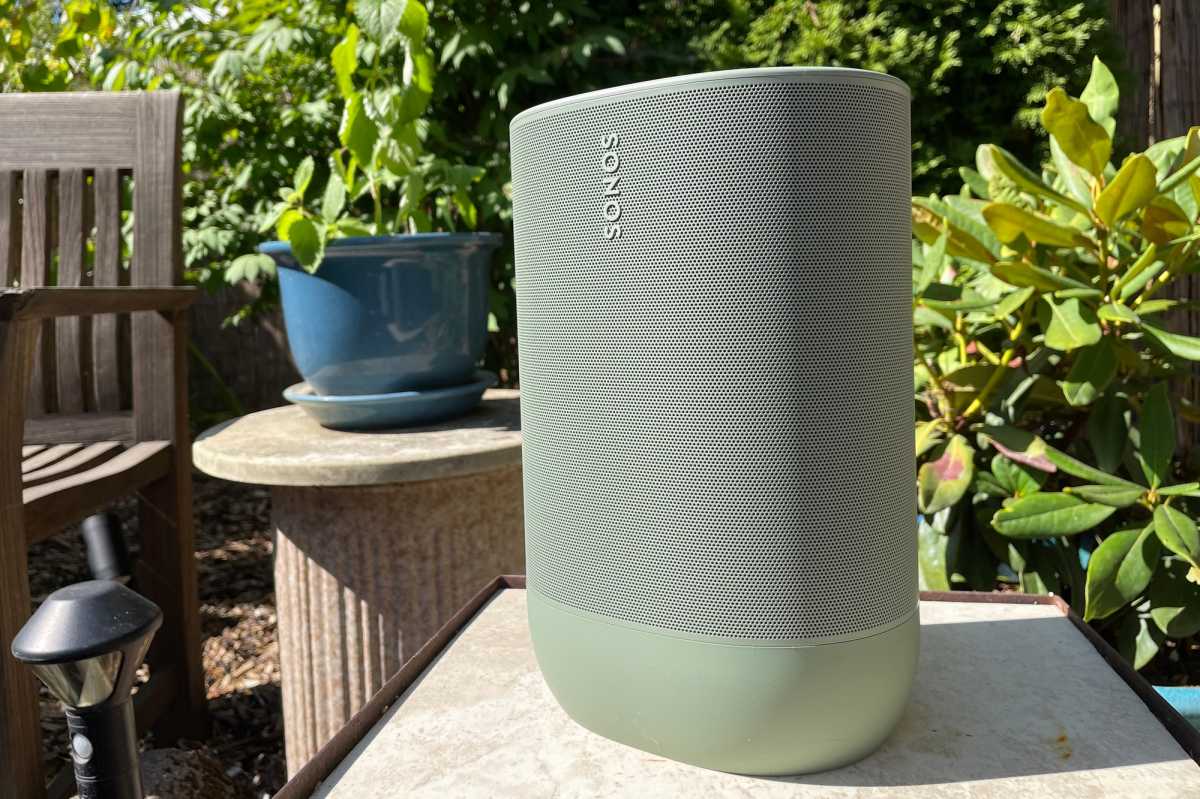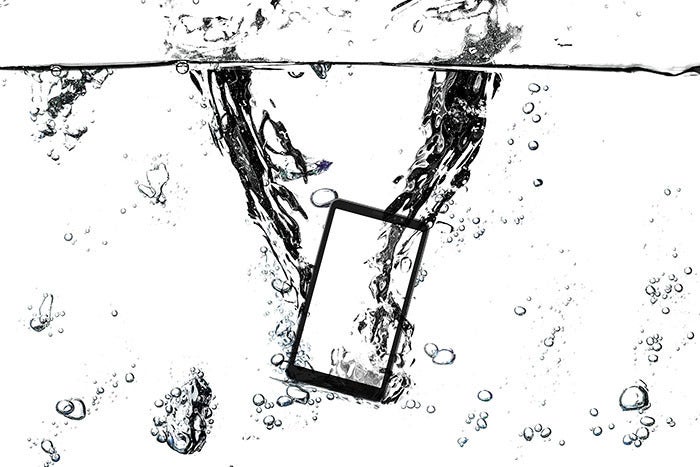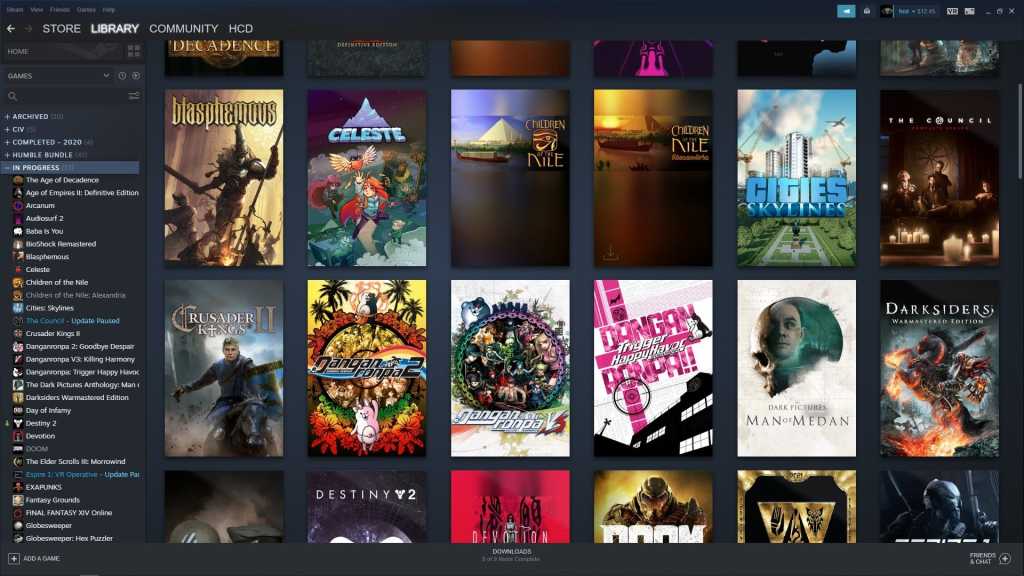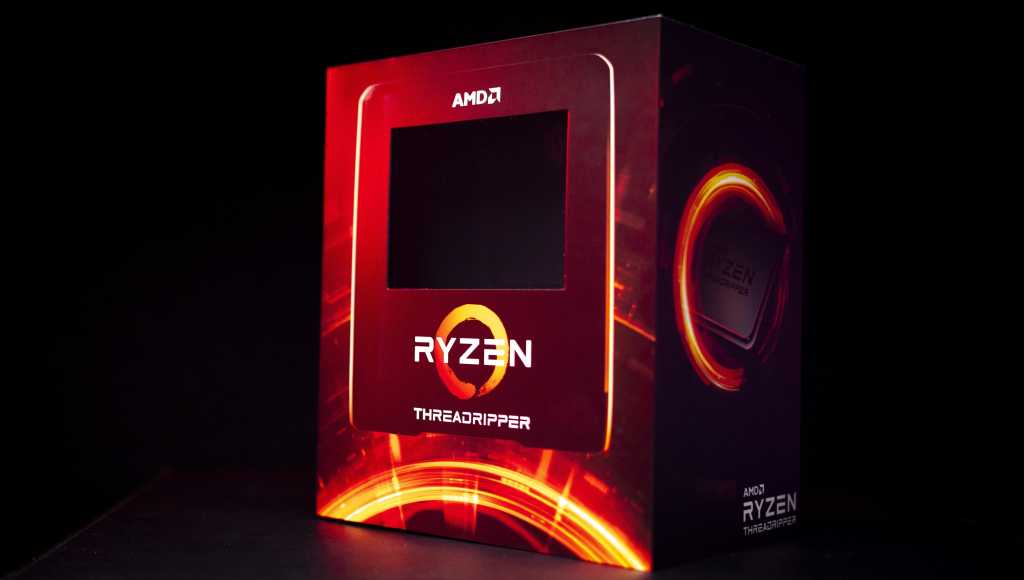While shopping for any product intended for outdoor use–we’re talking Bluetooth speakers, earbuds, and other electronic gadgets–you’ll undoubtedly encounter the letters “IP,” followed by either two numbers or an X and a number (or a number and an X). The acronym stands for Ingress Protection; that is, the device’s ability to prevent particulate matter (i.e., dust or sand) and water from getting inside and damaging it. The numbers that follow IP—67, for example, or X4—indicate the level of protection that’s provided. Many of TechHive’s reviews include the product’s level of protection as reported by its IP code.
You might see IP described as an “International Protection” rating, largely because the standard is defined by the International Electronics Commission (the specific standard is IEC 60529, and you can download a copy at this link). Having been called out by a reader for making this mistake myself, asked the IEC directly. While the IEC representative I contacted didn’t come right out and say IP stands for Ingress Protection, they did say “ingress protection” is the most suitable name.

What do the IP codes mean?
The IP codes on many portable Bluetooth speakers range from IP57 to IP67. The first number references the size of foreign objects (e.g., particulate matter, such as dust or sand) that will be rejected, and the second number rates the item’s resistance to liquid ingress. An “X” in place of either of those numbers (the first one, most commonly) doesn’t mean it offers no protection from that element, only that the manufacturer doesn’t claim a particular rating for it. More on that in a bit.
There are six values for resistance to particulate matter, and eight for liquid, so the highest possible rating is IP68.
Ingress protection from foreign objects
1: Protected against objects larger than 50 mm (2 inches)
2: Protected against objects larger than 12.5 mm (0.5 inches)
3: Protected against objects larger than 2.5 mm (0.1 inches)
4: Protected against objects larger than 1 mm (0.04 inches)
5: Keeps enough dust out to prevent failure
6: Dustproof (no ingress is permitted)
X: Not tested. You’ll see this when a manufacturer makes no dust-protection claim. A rating of IPX4, for instance, tells us the manufacturer says the device is protected from water sprays but it either hasn’t been tested for protection from particulate matter or the manufacturer simply makes no claim in that regard.
Note that the numbers above are for low-speed impacts. In no way does an IP code indicate that a device is bulletproof.

The Sonos Move 2 portable smart speaker carries an IP56 rating, indicating it can withstand a blast from a pressure washer at a reasonable distance and that no level of dust ingress will cause it to fail.
Michael Brown/Foundry
Ingress protection from liquid
1: Protected from vertical water drops (normal rain)
2: Protected from vertical water drops when device is angled upward at 15 degrees
3: Protected against water sprayed at an angle up to 60 degrees on either side of vertical. (Kids with a hose)
4: Protected against water sprayed from any direction. (rambunctious kids with a hose)
5: Protected against water projected in jets from any direction. (malicious kids with a garden hose with the spray nozzle tightened)
6: Protected against water projected in powerful jets from any direction (a pressure washer at a reasonable distance)
7: Can withstand immersion in up to one meter (approximately 3.3 feet) of water for 30 minutes. (dropped in the toilet, bathtub, or shallow end of a pool)
8: Can withstand immersion in up to three meters (approximately 9.8 feet) of water for an specified amount of time agreed upon with the IEC. (dropped into the deep end of a pool, near the shore, etc)
X: Not tested. We’ve yet to see this for reasons we’ll discuss below.
Practically speaking, only products that might be used near open water earn an IPX8 rating. And these ratings aren’t ironclad in the real world. Your brand-new IPX7-rated device might survive three meters at the bottom of a pool the instant you take it out of the box, but it might last 10 minutes or even just one minute after it’s gone through the rigors of daily use.
IP ratings uncommon to consumer electronics products
You’ll rarely encounter the letters that can come after the first two characters in an IP rating, but they are:
A. Protects the back of the user’s hand from access to hazardous parts.
B. Protects the user’s fingers from access to hazardous parts.
C. Protects tools from contact with hazardous parts
D. Protects wire from contact with hazardous parts.
And
H. High-voltage device
M. Motion was induced during liquid tests
S. No motion was induced during liquid tests (device was static)
W. Weather conditions are stated

The Speaqua Barnacle Pro is rated IP68, meaning it can survive being submerged in water for a limited amount of time.
Speaqua
As for the logic of the X in place of the first letter: If a device can resist water ingress, it is also like to prevent ingress of particulate matter, such as sand or dust. Some vendors therefore rely on the customer’s common sense to avoid the expense of testing for non-liquid intrusion. That’s why a rating such as IPX7 is fairly common.
As mentioned, protection against intrusion by physical objects doesn’t mean that a device is ruggedized against heavy blows, or that its internal electronics are shock-mounted for the same type of protection. The type of construction required for IP testing—not to mention the target audience—however, often dictates that your outdoor speaker be rugged enough for occasional rough handling. That’s not a guarantee, so don’t test the theory by backing a truck over it. That characterization definitely doesn’t include devices such as brittle-faced smartphones.
How much protection do you need?
The long and short of it is this: higher IP numbers mean a better chance for survival, but you must take any device’s intended role into consideration. When it comes to speakers, the materials and techniques required to get a high IP rating make it difficult to deliver top-quality sound. I’m not saying it’s impossible, but take a listen and don’t buy anything solely based on its IP rating.
It’s also worth noting that IP ratings are the currently popular and sexy metric. You might also encounter a NEMA (National Electronics Manufacturers Association) rating, which covers more enclosure types and scenarios. That’s outside of this article’s purview, but you can read the standard at this link.





